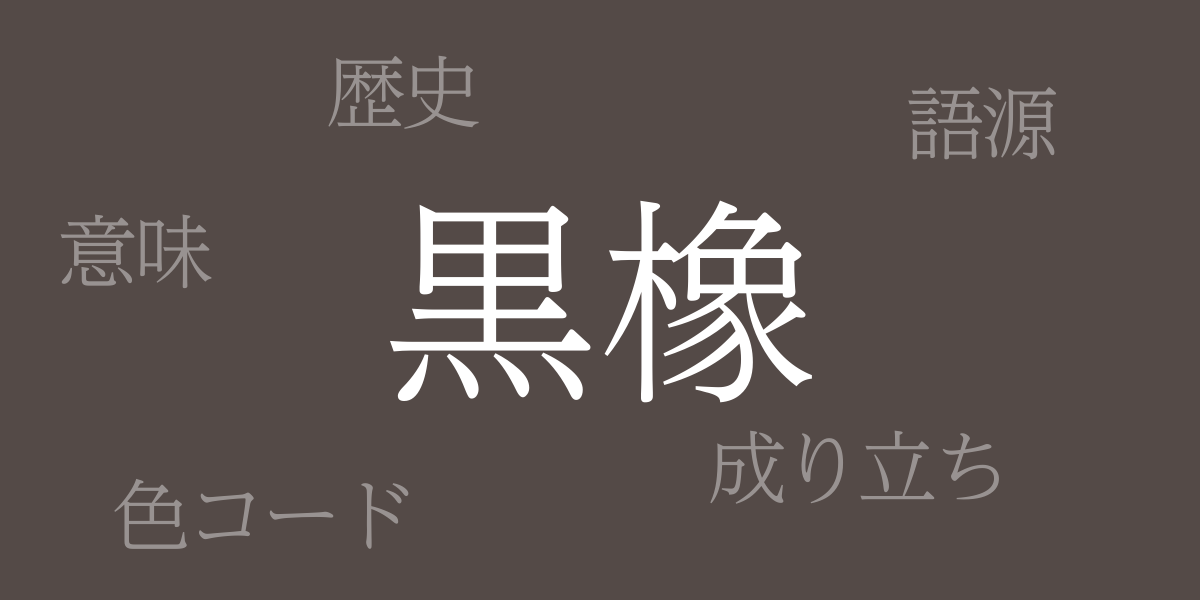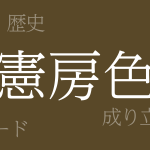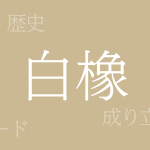Color is a mirror reflecting culture, and among them, Japan’s traditional colors embody a unique aesthetic and historical richness. “Kurotsurubami (黒橡 – くろつるばみ)” is one such traditional color, deeply rooted in Japan’s nature and people’s lives. This article focuses on this calm and profound color, exploring its origins, color codes, and international names.
About Kurotsurubami (黒橡 – くろつるばみ)
Kurotsurubami refers to a dark, brownish-black color, notable for its depth among Japan’s traditional colors. This color has been used in traditional Japanese dyeing, lacquerware, and architecture, exuding a sense of high prestige, making it a favorite in samurai society. Even today, Kurotsurubami is cherished in various fields such as traditional clothing, interior design, and graphic design.
The History of Kurotsurubami
The history of Kurotsurubami dates back to ancient Japan. Records from the Nara period show its use as a dye made from tree bark. In the Heian period, it was used in the clothing of nobles and Buddhist robes. Over time, it continued to be adopted in samurai attire, tea utensils, and lacquerware, evolving alongside Japanese culture.
Color Codes for Kurotsurubami
Accurate color reproduction is essential in digital design and web production. Below are the color codes to represent Kurotsurubami digitally.
- HEX: #544A47
- RGB: R:84 G:74 B:71
- CMYK: C:70 M:69 Y:67 K:26
Western Name for Kurotsurubami
The Western name for Kurotsurubami is “Black Walnut.” This name derives from the American walnut tree, Black Walnut, named for its dark brown bark and nuts. It is widely recognized in international design contexts under this name.
Summary of Kurotsurubami
Kurotsurubami is a color deeply rooted in Japan’s traditional culture, symbolizing prestige and calmness with its deep hue. Historically significant, this color is also valued in modern design and art worldwide. Through color codes, its beauty can be digitally replicated, ensuring Kurotsurubami continues to be loved by many in the future.

























